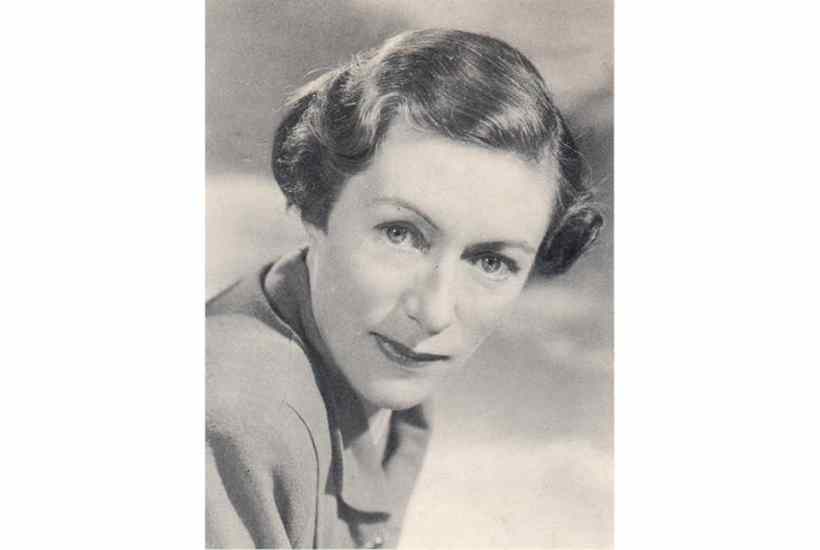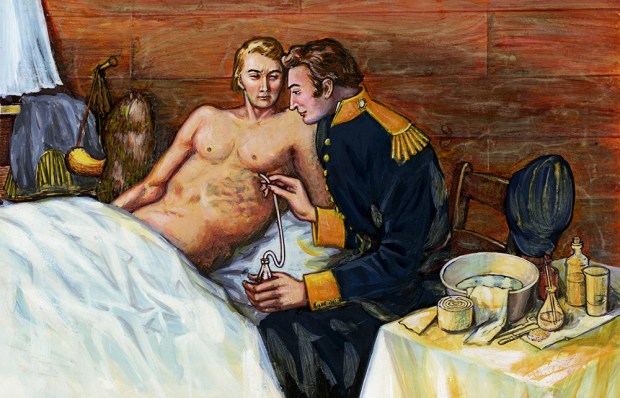To reject ‘in rainy middle age the poignant emotions that belonged to youth and Italy’ is the lesson learned by the heroine of Elizabeth Fair’s last novel. More than 60 years after its author consigned the typescript to a black tin trunk, following her literary agent’s failure to find a publisher for this, her seventh novel, The Marble Staircase finally sees the light. This is thanks to Furrowed Middlebrow and Dean Street Press, the company responsible for reprinting the six light, romantic comedies that, in the 1950s, earned Fair an appreciative following and commendations from writers such as Compton Mackenzie, John Betjeman and Stevie Smith.
Literary rediscoveries are always potentially exciting. Uppermost in this one’s case is the contrast between fortysomething Charlotte Moley and the author’s earlier heroines. She is a woman trained ‘to be docile, trustworthy and considerate’ by her overbearing mother, and is later bullied by her practical, assertive, unsentimental daughter Alison. Like Fair’s other protagonists, Charlotte ultimately achieves her happy ending. But this is a novel of second chances, and for much of the action it seems that ‘the world of beauty, sunshine and happiness’ Charlotte remembered from her early twenties is firmly behind her.
During her life Fair was often compared with Angela Thirkell, usually with the qualification that her bright comedies of manners lacked the snobbery and brittle disillusionment that colours Thirkell’s portrayal of the post-war world and its mores. In The Marble Staircase, the similarities between the two women’s work are less clear. Fair moves between the present and the past, and the just-about-genteel, decidedly unexciting, small seaside town of Nything and Italy – which, as she acknowledged, she employs as E. M. Forster or Elizabeth von Arnim used the country: as both a symbol and a catalyst, the place where our heroine ‘had been rescued from bondage’.
When widowed at 20, Charlotte was sent to Menaggio to recover. Here she encountered the eccentric Mrs Gamalion, whose bequest to Charlotte of her house in Nything sets in motion the events of the novel’s present. Mrs Gamalion is a force of nature: ‘Waves of energy radiated from her, waves of enjoyment of life, enthusiasm, absurd but endearing skittishness.’ She possesses the vigour Charlotte mostly lacks, and her memory finally inspires our heroine to assert herself.
Marred by too many typographical errors, this is nevertheless a novel of some charm, and sure to please Fair’s growing number of new readers.
Got something to add? Join the discussion and comment below.
Get 10 issues for just $10
Subscribe to The Spectator Australia today for the next 10 magazine issues, plus full online access, for just $10.
You might disagree with half of it, but you’ll enjoy reading all of it. Try your first month for free, then just $2 a week for the remainder of your first year.














Comments
Don't miss out
Join the conversation with other Spectator Australia readers. Subscribe to leave a comment.
SUBSCRIBEAlready a subscriber? Log in